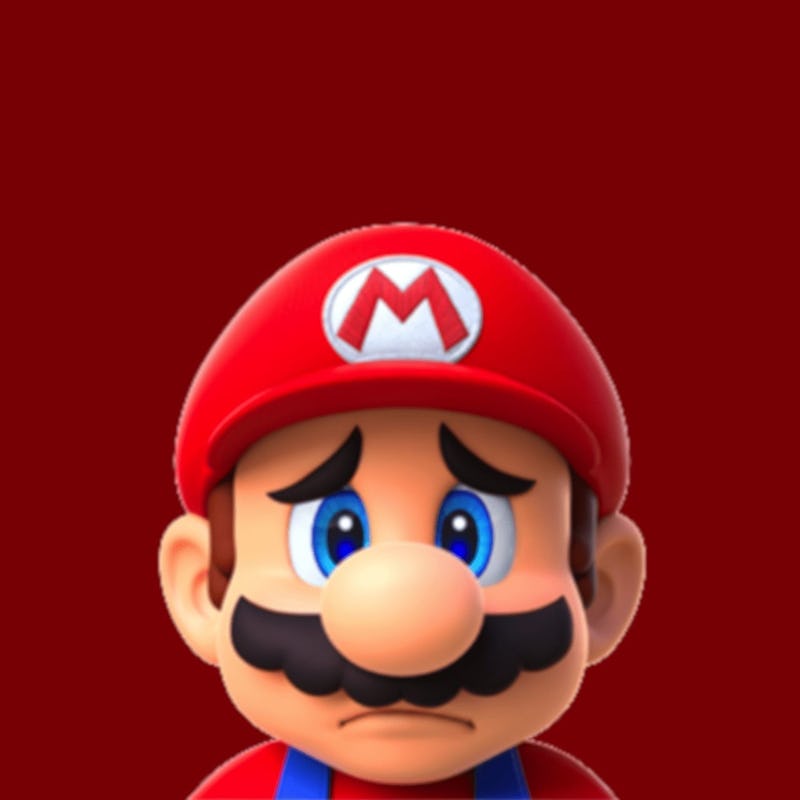Nintendo won E3, but one controversial choice sets a dangerous precedent
Not very “Direct,” is it?

Whether it’s people getting overly excited for Smash Bros news, or someone is just really, really happy to see their favorite franchise revived, it’s always a blast to watch reactions to Nintendo Direct.
Last week’s Nintendo’s E3 2021 showcase was a highlight of a middling conference, thanks to a Tekken character’s addition to Super Smash Bros. Ultimate, the reveal of Metroid Dread, and the first gameplay footage for the sequel to The Legend of Zelda: Breath of the Wild.
Unfortunately, all this good news all came with one major caveat: Nintendo told content creators they were forbidden from co-streaming the Direct itself and could only stream their reactions. Basically, Nintendo now doesn’t want people co-streaming a publicity event that directly shows upcoming titles.
Even if you don’t care about video games, or the wonky ground rules set by video game corporations that throttle access to control a narrative about a product, restricting outward information makes Nintendo Directs a lot less “direct” than Nintendo would lead you to believe as you can’t get it from whatever channel you want. It also limits the number of perspectives that can react to it live and critique the showcase.
YouTubers and Twitch streamers frequently co-stream video game events to share their live reactions with fans and followers. Whether it's because of similarities in taste or simply because a streamer is funny, there’s a big audience for live reactions to these kinds of announcements.
While Nintendo’s E3 2021 Direct was the company’s best in a while, the company again demonstrated an oddly unwelcoming attitude toward its biggest fans. That needs to change, and soon.
What happened? Just hours before the start of the showcase, Nintendo of Japan tweeted a message that was very concerning to streamers.
“[Request] Please refrain from mirror distribution of Nintendo Direct video and audio during live distribution of Nintendo Direct,” a translated version of the tweet says. “Simultaneous viewing distribution without mirror distribution is possible. After the live distribution of Nintendo Direct, you can post a video that handles the distributed video as long as the content complies with the guidelines.”
Nintendo of Japan’s stance differs from every other E3 showcase. Microsoft enthusiastically encouraged co-streams of its event. Meanwhile, Nintendo told content creators they could film their reactions to the announcements — but they must do so without including any audio or video from the actual Direct.
Only afterward could they upload clips from the direct, and even then Nintendo’s guidelines ask that creators add their own commentary or flair to the trailer and don’t just repost it.
This wasn’t a very appealing option for most streamers, as it makes the viewing experience less engaging for fans who want to see their favorite influencer’s reactions live. It caused enough of a stir within the streaming community that Twitch decided to forgo co-streaming the Direct on its official Gaming page.
“While /twitchgaming has permission to air the show, we won’t be airing the event because all creators can’t co-stream,” Twitch representatives said in a tweet, highlighting that this is a different approach than Nintendo had taken in years past.
Once the Nintendo Direct started, the conversation quickly moved forward. Major publications and content creators ignored Nintendo of Japan’s request and streamed the event without significant repercussions. Nintendo Direct managed to garner the most concurrent viewers out of any E3 showcase (3.1 million according to data from Stream Hatchet).
Still, this odd mandate from Nintendo of Japan scared away smaller content creators — and showed how behind the times Nintendo can be when it comes to its relationship with its fans.
Why it matters — This decision reinforces Nintendo’s long-standing reluctance to embrace online content creators. It’s also a reminder of the occasional dissonance between Nintendo of Japan and Nintendo of America.
The point of a Nintendo Direct is that it’s an announcement event that prompts lots of reactions and conversation on social media. Nintendo wanted to be the only “direct” source of the livesteam. An approach like this only limits Nintendo’s reach and frustrates its most prominent supporters.
Excitement around new announcements like Metroid Dread quickly moved the discussion away from Nintendo’s questionable co-streaming practices.
Had Nintendo’s E3 2021 conference not been as strong as it was, this could have soured the discussion around the event. Nintendo of America stayed oddly silent on the matter throughout the day, not posting Nintendo of Japan’s message on its own Twitter or responding to inquires from Kotaku, Vice, or Fanbyte. This further confused fans and streamers in North America.
Inverse also reached out to Nintendo but did not receive a response in time for publishing.
Nintendo of America’s reluctance to clarify the issue publicly leaves content creators to worry about the company swooping in with legal threats when the next event rolls around — possibly putting their careers in jeopardy.
What’s next? Contradictory messaging around co-streaming only confuses and angers Nintendo’s fanbase. The easy solution would be for content creators to ignore the Direct entirely, but that isn’t an appealing option for many enthusiasts and streamers.
The biggest changes must happen on Nintendo’s side, and creators are right to be frustrated. Unless Nintendo of America reiterates the message of its Japanese counterpart, they should be confident in their ability to co-stream. Nintendo of America needs to step up and be more transparent in situations like this.
There are thousands of YouTubers and Twitch streamers solely dedicated to Nintendo, so this isn’t an issue or audience that Nintendo of Japan or America can ignore for much longer. Nintendo needs to be clear on whether or not it actually supports the creators that cover its games and events.
This article was originally published on